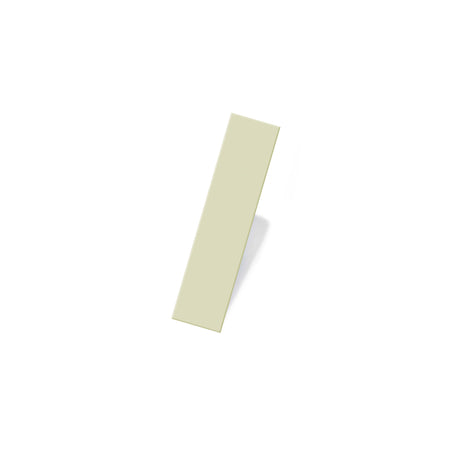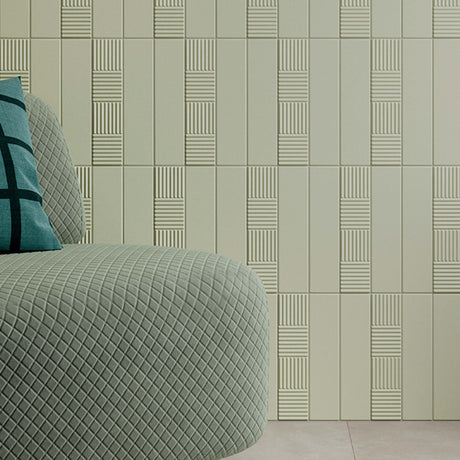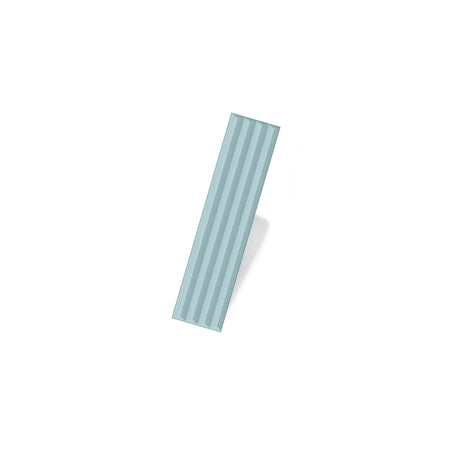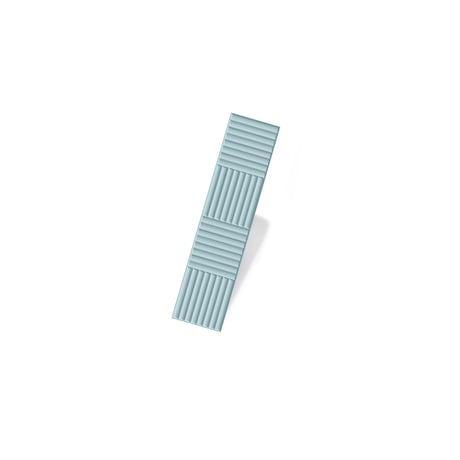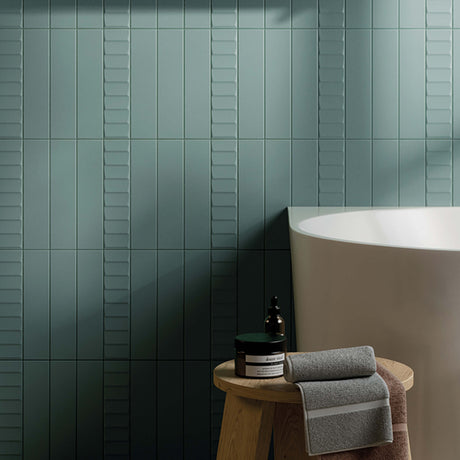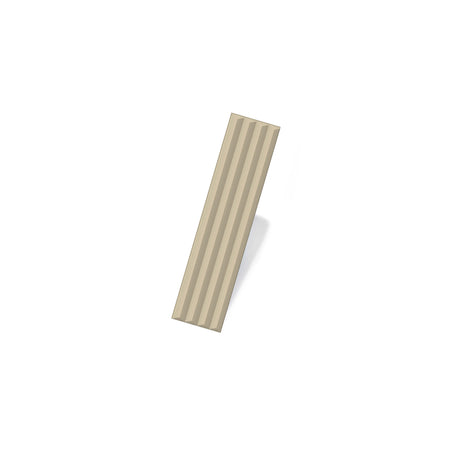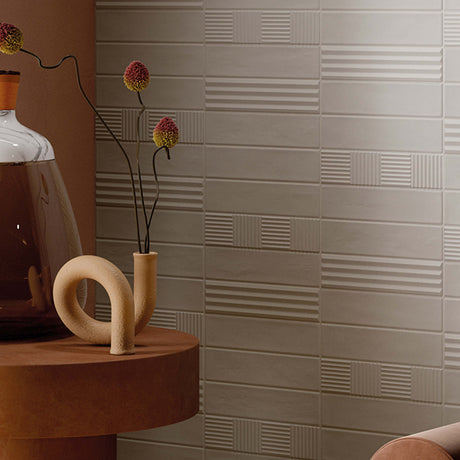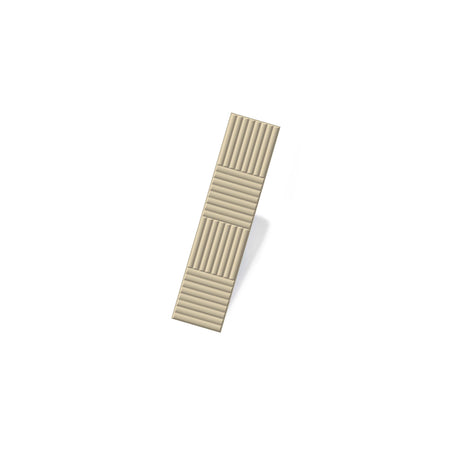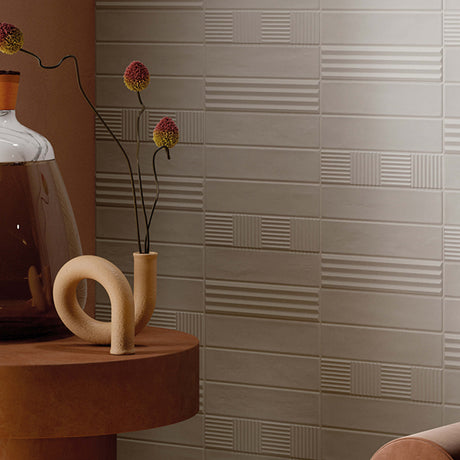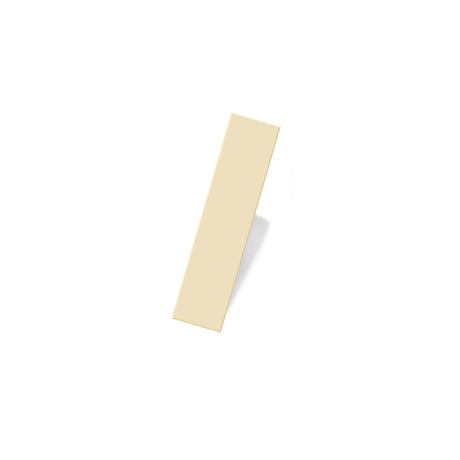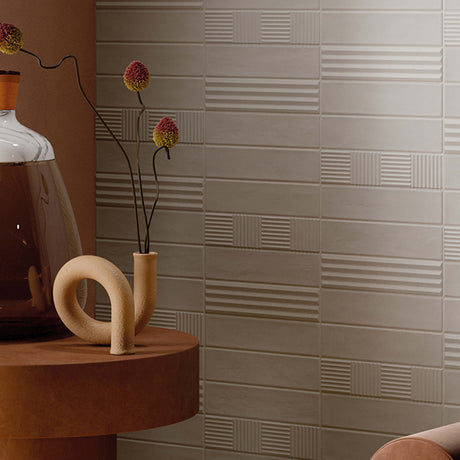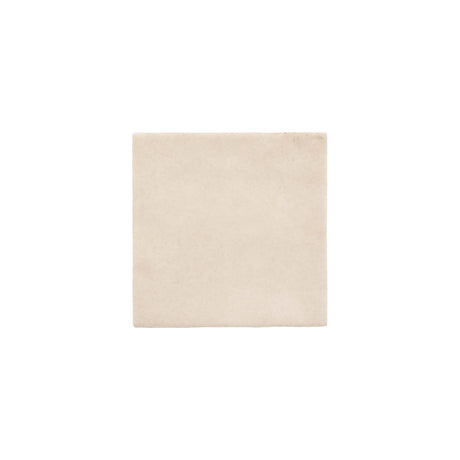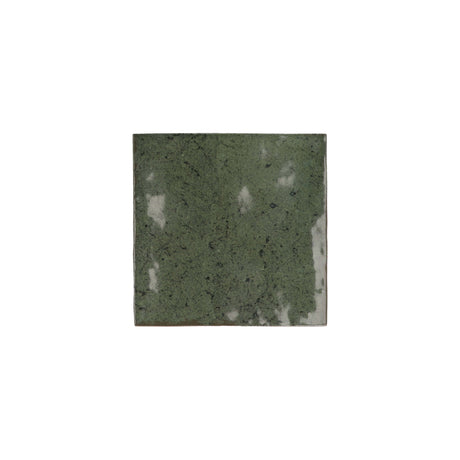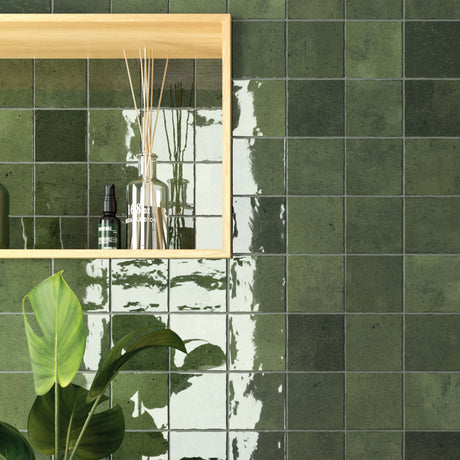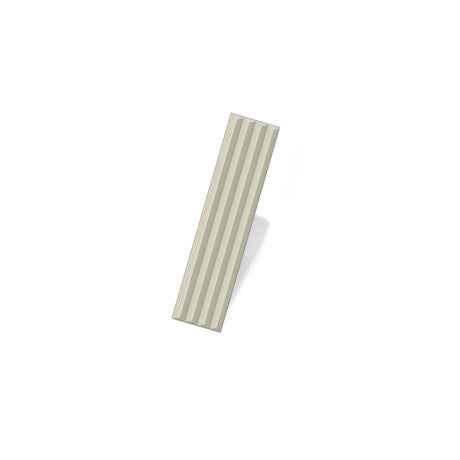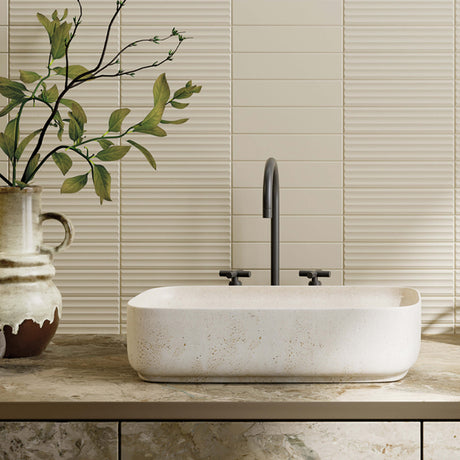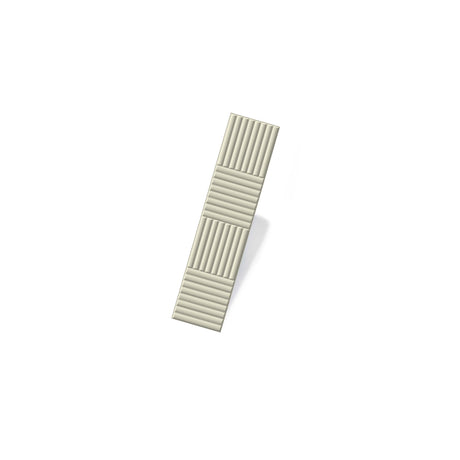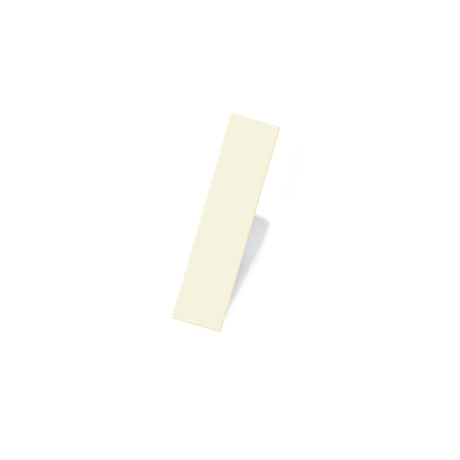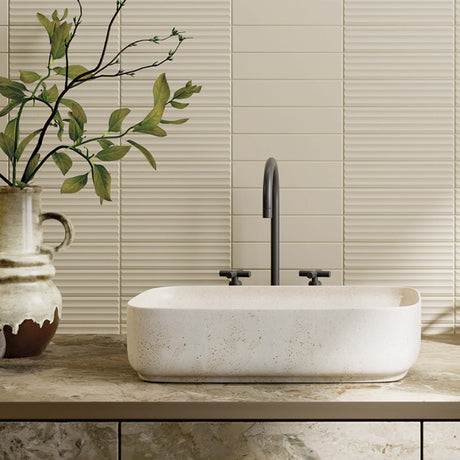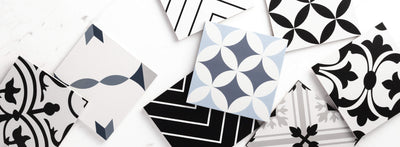What is a subway tile?
Traditionally, a subway tile is any white glazed ceramic wall tile measuring 3 x 6 inches (7.62 x 15.24 centimetres). These rectangular tiles are laid horizontally and are known for their durability and timelessness. The popularity of subway tiles has since led to their evolution, and they now come in various sizes, colours and materials. In fact, a subway tile today is described as any wall tile that’s twice as long as it is wide (e.g., 2 x 4, 4 x 8, 6 x 12 inches). Sometimes even tiles that don’t have exactly the same ratio (e.g., 4 x 10 or 4 x 12 inches) are also considered subway tiles. So any long, narrow, rectangular-shaped tile is typically considered a subway tile.
How did subway tiles get their name?
One of the most common questions about the subway tiles pertains to how they’ve been named. The subway tile everyone knows today was first used in the subway stations of New York in the early 1900s. Designers were told to come up with a low-maintenance, bright surface material for New York’s first-ever subway station opened in 1904 in Manhattan. It was then that the subway tile was born. As a product of the Victorian era that highly valued hygiene, the stain- and bacteria-resistant, easy-to-clean white ceramic tile became an instant hit. Moreover, the whiteness of the first subway tiles and their glossy, reflective surface added to the comfort of passengers who initially had concerns with unsanitary conditions associated with travelling below-ground.
What are the sizes of subway tiles?
As mentioned earlier, a subway tile originally measured 3 x 6 inches (7.62 x 15.24 centimetres). Today, however, any wall tile that’s twice as long as its width is considered a subway tile.
What does the term ‘subway tile’ mean?
The term subway tile simply indicates the original application of these tiles – which was in New York subways.
What style is a subway tile?
Subway tiles are not associated with a particular design style, although they were created during the Victorian era. The classic, timeless quality of subway tiles makes them an easy choice for a range of designs and looks.
Benefits of subway tiles
Choosing subway tiles as a design material offers the following benefits:
-
Subway tiles possess a classic aesthetic that continues to be popular and relevant today.
-
The smaller size and lightweight quality of subway tiles make them one of the easiest types of tiles to install.
-
The different pattern layout options for subway tiles add visual length and depth, and help make spaces seem bigger.
-
The versatility of subway tiles lends itself well to various applications and projects to create elegant aesthetic spaces.
What are the popular patterns for subway tiles?
One of the most outstanding qualities of subway tiles remains to be their versatility. They fit seamlessly into any kind of design aesthetic and can be used in a range of applications. Another proof of their versatility is the various subway tile patterns you can use for your space. Aside from the typical straight rectangular row setting and 1/2 offset or running bond pattern, others that stand out include:
-
Herringbone, diagonal and double herringbone
-
Chevron
-
Woodstrip
-
Stack bond
-
Basket weave and double basket weave
-
Mosaic
-
Spanish bond
-
Vertical
-
1/3 offset
In choosing the most appropriate tile pattern for your project, consider the size of the room and the overall look you are aiming for.
Where can I use subway tiles?
Subway tiles can be used in a range of applications, but they are more commonly associated with the bathroom and kitchen.
Bathroom
The choice of which subway tile for your bathroom would work best depends on the theme or style and size of the space. Consider using light-coloured subway tile for bathrooms, such as white or vanilla, to create the illusion of space and imbue the space with a light, bright and airy feel. You could also use richly coloured or textured subway tile for bathrooms if you wish to make a splash or create a feature wall. When choosing subway tile for your bathroom, make sure you keep the room size in mind. Smaller or thinner tiles, for example, are ideal for small bathrooms, while larger-format tiles work great in bigger bathrooms.
Kitchen
The size and style of your kitchen are major features that you’ll keep coming back to in choosing design elements and accessories. The same can be said when it comes to choosing subway tiles for your kitchen. Small or dark kitchens benefit the most from lighter-coloured tiles, especially ones with a metallic sheen designed to maximise natural light. Besides, choosing subway tiles for the kitchen (or splashback) in a paler hue never fails to make the space seem bigger than it is. But if your kitchen is already spacious and well-illuminated, you could opt for subway tiles in a deeper, darker or richer shade. Doing so will help to add interest and give your space a contemporary feel. Whatever the style of your kitchen, there’s a range of subway tiles in various finishes, materials and colours you can use, whether you want to achieve a rustic, coastal, minimalist or some other design aesthetic.
What are the top subway tile colours?
With so many different subway tile colours to choose from, it’s now easier to pull together the look of a room or space in your home through colour matching.
White
Undoubtedly one of the most widely used colours, white subway tile is not only a traditional choice but is also popular due to its ability to pair well with many different colours. It also gives off a sense of calm and simplicity, making it a great colour choice for bathrooms – especially if what you’re after is a spa-like ambience.
Pink
Depending on the shade and texture, pink subway tile could look cute, charming, romantic and elegant, while deeper or richer shades of pink scream sophistication and confidence.
Green
Green subway tile takes inspiration from nature’s verdant freshness, making this colour a great choice if you want to achieve a natural, organic feel – in your bathroom, kitchen or some other space in your home.
Grey
Appearing in a popular neutral colour choice, grey subway tiles combined with white or a darker grout lend a classy appeal to whatever space, inside or outside your home.
Black
Ever a timeless classic like white, black subway tile can be used to complement lighter-coloured tiles in the walls of your bathroom or kitchen.
Care and maintenance guide
Subway tiles in general do not require a lot of care and maintenance. But just like other types of tiles, subway tiles can benefit from proper care. You can preserve the quality and look of your subway tiles by:
-
Washing them regularly
Using a combination of water, a little vinegar and a few drops of mild dish soap to prevent the build-up of grime and dirt. Combine these in a spray bottle, spray on the tiles and let stand for a few minutes before wiping off the solution with a soft, damp rag. Wipe the tiles clean using a clean towel or paper towels.
-
Protecting them from scratches
By sweeping the floor often or vacuuming using a soft head attachment. Doing this prevents debris from accumulating and scratching the surface of your tiles.
-
Cleaning the grout
To prevent staining or discolouration. You can use hot water and a stiff-bristled brush to clean the grout. Use baking soda and vinegar to remove excess build-up and address discolouration. You can also routinely spray clean tiles with a mixture of water and vinegar to prevent grime from accumulating.
-
Wiping away spills and splatters
Promptly as leaving these to dry out on your tiles could strengthen the adherence of dirt to your subway tiles.
-
Sealing the grout
Immediately after installing the subway tiles. Reseal the grout once a year or every other year. You could also purchase stain-resistant grout to minimise upkeep.
FAQS
How do you clean subway tiles?
For a basic clean, use hot water and a stiff-bristled brush to clean the grout. Combine water, some vinegar and a few drops of mild dish soap in a spray bottle and apply some of the mixture on the tiles. Leave for a few minutes, then wipe off the solution from the tiles using a damp rag. You can then wipe the tiles clean with a clean towel or paper towels.
Are subway tiles hard to install?
While you can always DIY the installation of subway tiles, it’s usually better to get a professional to take care of the job, as you need to ensure there are no uneven cuts or bending. Also, with a professional tile installer, you know you’ll have an even-planed installation without any imperfections.
Why are subway tiles so popular?
The appeal of subway tiles lies mainly in their simplicity and versatility that make them ideal for an extensive range of applications and design styles. You can use them in your bathroom, kitchen and other interior and exterior spaces. Subway tiles are also available in a wide spectrum of price points, so everyone has access to this durable, elegant type of tile.
